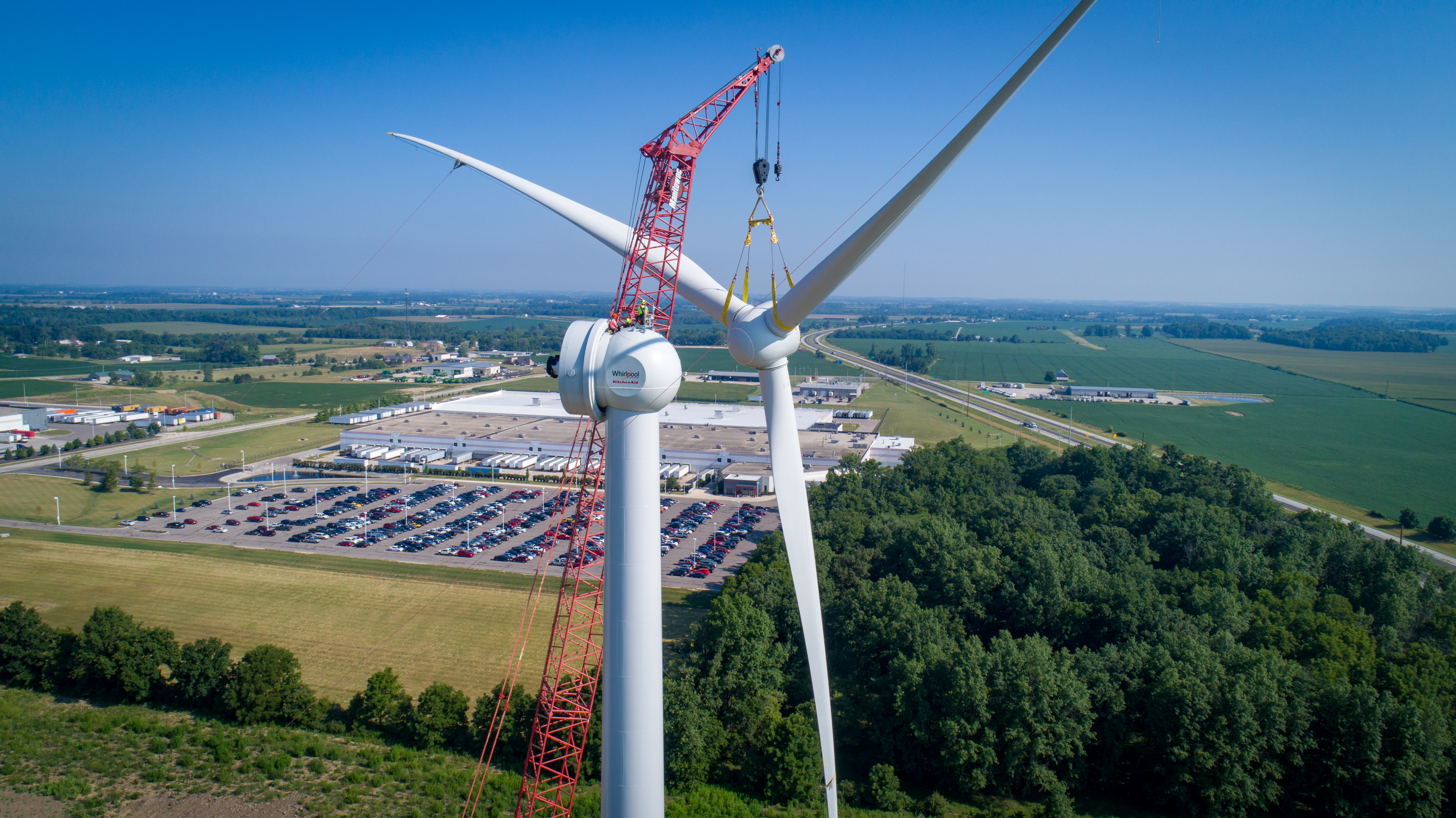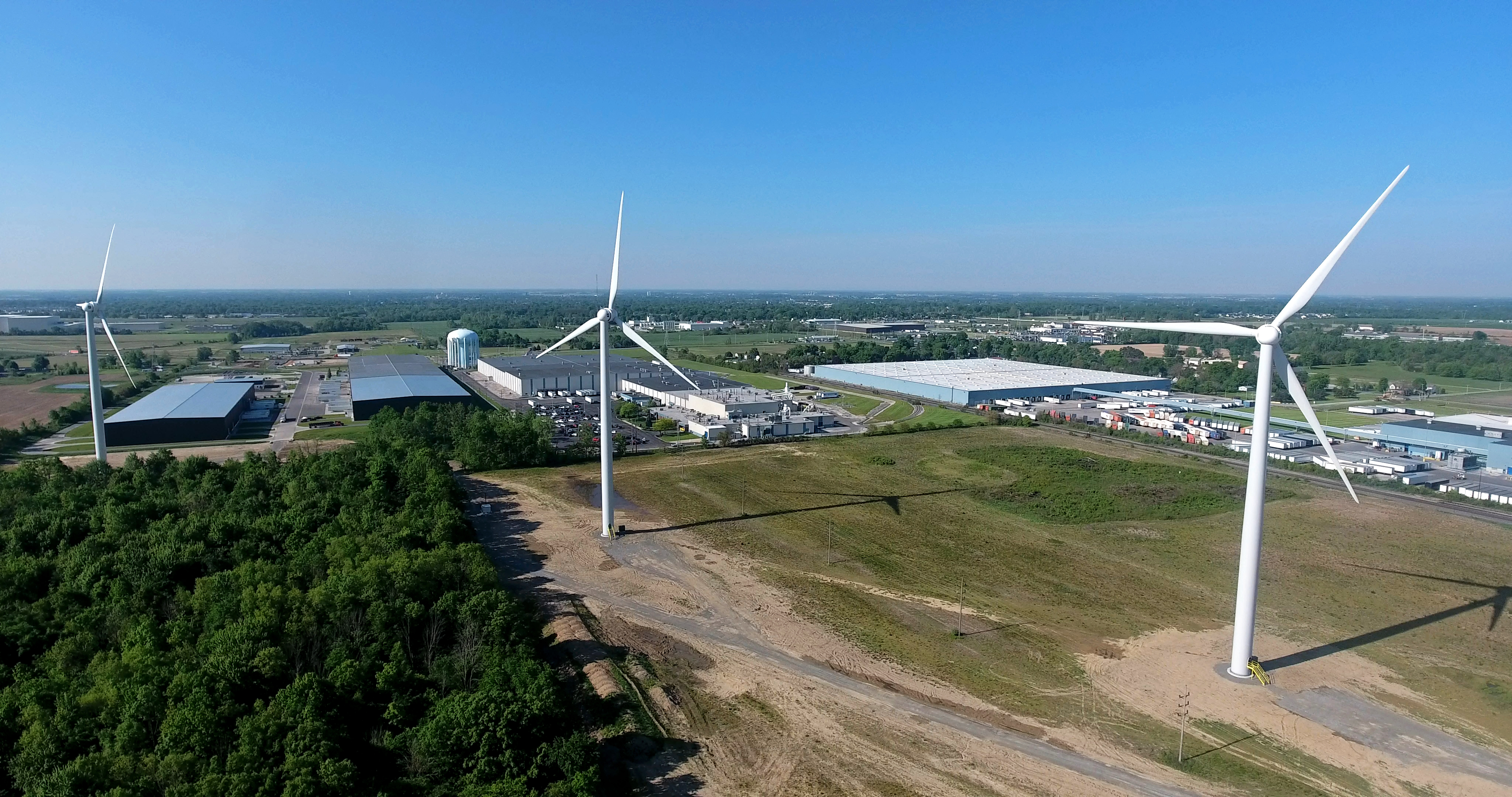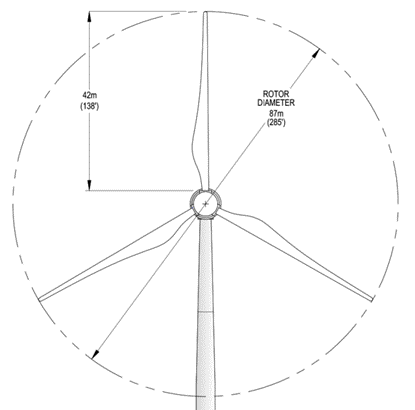SITE PATH
ONE ENERGY FEED

SUBSCRIBE
CONNECT WITH US
News Filters

Historically in America, we haven’t liked monopolies very much. In the late 1800s and early 1900s, Congress passed the Sherman Antitrust Act and the Clayton Antitrust Act to bar monopolies in the United States. Those laws still exist today. In fact, last week the Federal Trade Commission and 48 state attorneys general sued Facebook alleging antitrust violations under these acts.
So, what’s the big deal? Why do we care so much about monopolies – and why has the U.S. done so much for more than a century to keep them out of our country?
Well, the big deal is that monopolies are toxic. They are toxic to consumers, they are toxic to the economy, and they are toxic to free markets. But to understand why, we need to dive deeper, to look at what a monopoly really is.
Broadly, monopolies are single companies in a market that operate to the exclusion of others. When a monopoly exists, they have no (or practically no) competition. The monopolist can charge any price they want, and we as consumers have to take it. They can supply inferior products, and we have to buy them. They can fail to innovate for decades, and there is nothing we can do about it. All of these issues are toxic for consumers and toxic for the economy. It’s easy to see why America isn’t a big fan.
Yet, despite this country’s distaste for and laws against these toxic practices, we still allow monopolies in an essential industry: electricity. Think about your electric provider. In most states, consumers have no (or virtually no) choice regarding who we buy electricity from. We can either find ways to produce power ourselves, or we buy from our utility. That’s because state governments have drawn geographic regions and given electric utilities the right to supply service to everyone in that area.
How is this legal? Well, state governments allow monopolies in the electricity context. And courts have found that this is legal. In order to make this legal and “okay,” states have established commissions and boards that regulate the type, quality, and price of services that these monopolies offer. This is supposed to protect customers from all the toxic effects of utilities. But let’s face it. No government process is perfect. And so, while these bodies are set up to eliminate (or at least quell) the toxic effects of these monopolies, there is only so much that can be done. A monopoly is going to monopolize. And they are going to keep doing it over, and over, and over again. No matter how toxic the effects.
So, whether you’re a household consumer or an enormous electricity user spending hundreds of millions of dollars on electricity every year, you largely have no choice when it comes to who provides you electricity, or how much you pay. You are a captive customer. And, in some places, utilities even argue you shouldn’t be able to produce your own electricity on site – or hire someone to do it for you.
That is why One Energy, and companies like it, are revolutionizing the electric industry. One Energy gives consumers the ability to generate their own electricity, and helps them understand what they can do to minimize costs and break free from being a captive customer. We are the antidote to the toxic monopoly. That mission is what drives One Energy every day.
Katie Treadway is the Head of Regulatory Affairs at One Energy.

This week’s Wind Views feature captures a rotor fly in action.
This event in the utility-scale wind turbine construction process involves lifting the rotor (three blades attached to a hub) more than 265 feet in the air, using a crane (such as the Manitowoc 16000 pictured here) and specialized rigging equipment.
The rigging One Energy uses for its Wind for Industry projects (the yellow parts attached below the crane hook and around the rotor blades) is specifically designed to not only lift a wind turbine rotor – but to lift this unique rotor design.
This photo was taken at a One Energy Wind for Industry project located in Greenville, Ohio. The three-turbine project directly powers a local manufacturing facility. Zoom in to see our technicians atop the nacelle!


This week, we need help with division and tables!
One Energy designs Wind for Industry projects so that our customers’ facilities are net consumers from the electric grid. This means that we size our projects to ensure the wind turbines do not produce more energy than the facility needs.
In this week’s Wind Study, use our sizing parameters to determine how many wind turbines we can install for a specific customer. We’ll also need to know how much of the facility’s energy will come from wind!
Download this week’s Wind Study Homework Question (and check back Friday for the answer!) This question can also be found on our Facebook and Twitter accounts.

We all know what wind is… or do we?
Wind is what makes the leaves rustle, and the hat fly off your head – but what is it, really? Why does it happen? And most importantly, how can we get energy from it?
Learn all about the phenomenon that is wind in today’s episode of Science Shorts! Jessie illustrates how wind is related to the sun, and how tiny air molecules can be powerful enough to move wind turbines and generate electricity – ultimately powering the facilities of One Energy’s customers!
View the video below, or watch and subscribe via our YouTube channel. And be sure to share this educational series on Facebook and Instagram!

Think you’ve got the right answer(s) to this week’s Wind Study? Let’s find out!
On Monday, we asked for help determining the “swept area” of a One Energy wind turbine rotor. We also needed assistance figuring out the tip speed of our turbine blades at a variety of RPMs (rotations per minute).
(If you haven’t read Monday’s question yet, you can view it here.) To check your answers, click the link below!
Download this week’s Wind Study Homework Answer
Pictured below is a One Energy Wind for Industry project located in Findlay, Ohio; the three turbines power a local manufacturing facility. Each turbine’s rotor (comprised of three blades and a hub) can be seen in the photo.

Check back on Monday for a new Wind Study question, which will be posted to our Facebook and Twitter accounts as well!

PPE is essential at One Energy. As Procurement Manager, Kellie Suever ensures all employees are protected from head to toe.
In this edition of Safety Minute, Kellie walks us through some of the personal protective equipment (PPE) she supplies our teams with when they’re working in the field.
Learn about what she looks out for when ordering gear – from hard hats to steel toes – and how these seemingly minor details are a major necessity to keep our crews working safely and comfortably when building Wind for Industry projects.
Watch the video below, and be sure to subscribe to our YouTube channel so you don’t miss a minute.

I worked for one company who sent out employee cell phone bills every month and made us highlight any personal calls we made, so we could reimburse them. I worked for one company who would not let us have a single stamp to mail a personal letter. I worked for a company who made us cover the alcohol from every receipt on every expense report, no matter the quantity or purpose. I worked for a company who charged us to use the company printer.
As an employee, I didn’t get it. As an executive… I understand it even less!
There are three reality checks executives need:
- Employees will always win in the tit-for-tat game, if they want to.
- Your employees make far bigger decisions for the company than the cost of a stamp (or even a bottle of wine).
- Employees who know that you care for (and trust) them will return the favor tenfold.
It really is that straightforward.
From a pure capitalist point of view, the math is simple. If you make a $60,000/year employee track down their own 55-cent stamp, then you’re going to lose value from them. They are going to make time to mail that stamp, and that is time they could have spent doing better work for you. I would much rather my employee take 10 stamps and work an extra 5 minutes because they don’t have to leave early to make it to the post office. Hell, I don’t even want them thinking about the damn inconvenience of a stamp during the workday.
My job as an executive is to enable my employees to be as effective as possible for the company. My job is to remove unnecessary clutter so they can complete as much high-value work for me as possible.
Of course I want to be the kind of boss that I would want to work for. But, I also want to be the kind of executive that maximizes the value of his employees to the company. In this case, both qualities conveniently align.
Companies that nickel and dime employees over small stuff are sending the wrong message. They are not saying “respect the company’s resources,” as they purport. They are saying “$1 in cash to the company is worth more than $50 of your time.” Employees know the difference.
You trust your employees to do the big stuff. My team makes decisions about life-and-death engineering, complex accounting, and millions of dollars every day. If I need to demand that they pay me for the soda in the fridge, then I sure as hell shouldn’t be letting them make the bigger decisions that really matter for the company.
I have a duty to make their workday simple. I view it this way: a $75k/year employee costs $288 a day based on a 260-day work year (in my dreams). If I can spend $10 a day making them more productive, it will cost an extra $2,600 a year (a 3.4% burdened cost). If that employee is just 5% more efficient, the company made a killing.
The reality is that when you make it easy to work for you, employees are far greater than 5% more valuable (and productive). When they can grab a soda, mail an envelope, print their kid’s homework report, and have a glass of wine at dinner during a 3-hour layover in the Atlanta airport, without thinking about reimbursement, they know that you care about them. They know that you believe their time is valuable.
And when times get tough (and they will), and you’ve spent the last several years treating employees like humans and valuing their time, they’ll be there for you – even if you can no longer afford those little luxuries.
When things almost went off the cliff for us as a company last year, everyone that we asked to stay with us did (even when all logic said they shouldn’t). And when people asked me why they stayed with us, I told them: our employees know that I care about them, and in turn they care about this business. It is simple.
Jereme Kent is the CEO of One Energy.

Last week, One Energy partnered with Ohio Energy Project (link) for a virtual field trip (link) of the North Findlay Wind Campus. (More on that below!) During the event, we received a question from Emma, an energy-curious student in Ohio. We’re excited to use this week’s edition of Wind Views to address Emma’s question: “how much does a blade weigh?” Here’s the answer:
The blades used in our 1.5 MW wind turbines weigh more than 18,000 pounds each – that’s more than the weight of four average cars combined!
In this week’s Wind Views, you can see turbine blades being transported at One Energy’s component yard, located in Findlay, Ohio.


About the Virtual Field Trip:
One Energy was honored to host Ohio Energy Project for a virtual field trip – reporting live from the North Findlay Wind Campus.
Tour guide Erica, an engineer at One Energy, led participants through an educational tour of the One Energy office, turbine component yard, and inside a wind turbine itself! Viewers learned about the wind energy industry, discovered careers in wind, and had their questions answered – in real time – from a wind energy expert!
If you missed the live stream of our virtual field trip, a recording is available here.
Thanks to the teachers, students, classrooms, and all who participated and made the field trip such an engaging event! Thanks also to Ohio Energy Project and the team who helped make this digital visit as exciting as the real thing.

In December 2020, Ohio Energy Project and One Energy partnered for a virtual field trip inviting students, teachers, and classrooms from across the state to enjoy an up-close tour of the North Findlay Wind Campus.
The educational event was hosted by Monique Heath, Education Coordinator with Ohio Energy Project, with Erica Johnson, Field Engineer with One Energy serving as tour guide. Participants were taken on a tour of One Energy’s headquarters, explored large turbine parts in the company’s component yard, and even went inside a turbine that directly powers a nearby manufacturing facility!
Ohio Energy Project has shared a recording of the event on YouTube, which can be viewed below or by clicking here.
Ever wonder how wind turbine blades work, why turbines are painted light gray, or what the inside of a turbine looks like? We answer those questions (and many more) during the 45-minute field trip.
An added bonus? You’ll hear what it’s like to work in wind energy from past One Energy interns and current employees in engineering, procurement, and analyst roles!
Thanks to the teachers, students, classrooms, and all who participated and made the field trip such an engaging event!
Thanks also to Ohio Energy Project, and the team who helped make this digital visit as exciting as the real thing.

To solve today’s Wind Study, it may help to scroll down and take a look at last week’s Wind Energy Fact!
On Friday (December 4) we learned that when the North Findlay Wind Campus turbines are generating at full capacity, they complete 16 rotations per minute (RPM), which means the maximum tip speed is 163 mph. But what’s the tip speed of the blades when there are fewer rotations per minute?
Use the diagram, dimensions, and formula in today’s activity to calculate tip speed and rotor swept area , and check back Friday to see if you got it right!
Download today’s Wind Study homework question here, and be sure to share on Facebook and Twitter!




